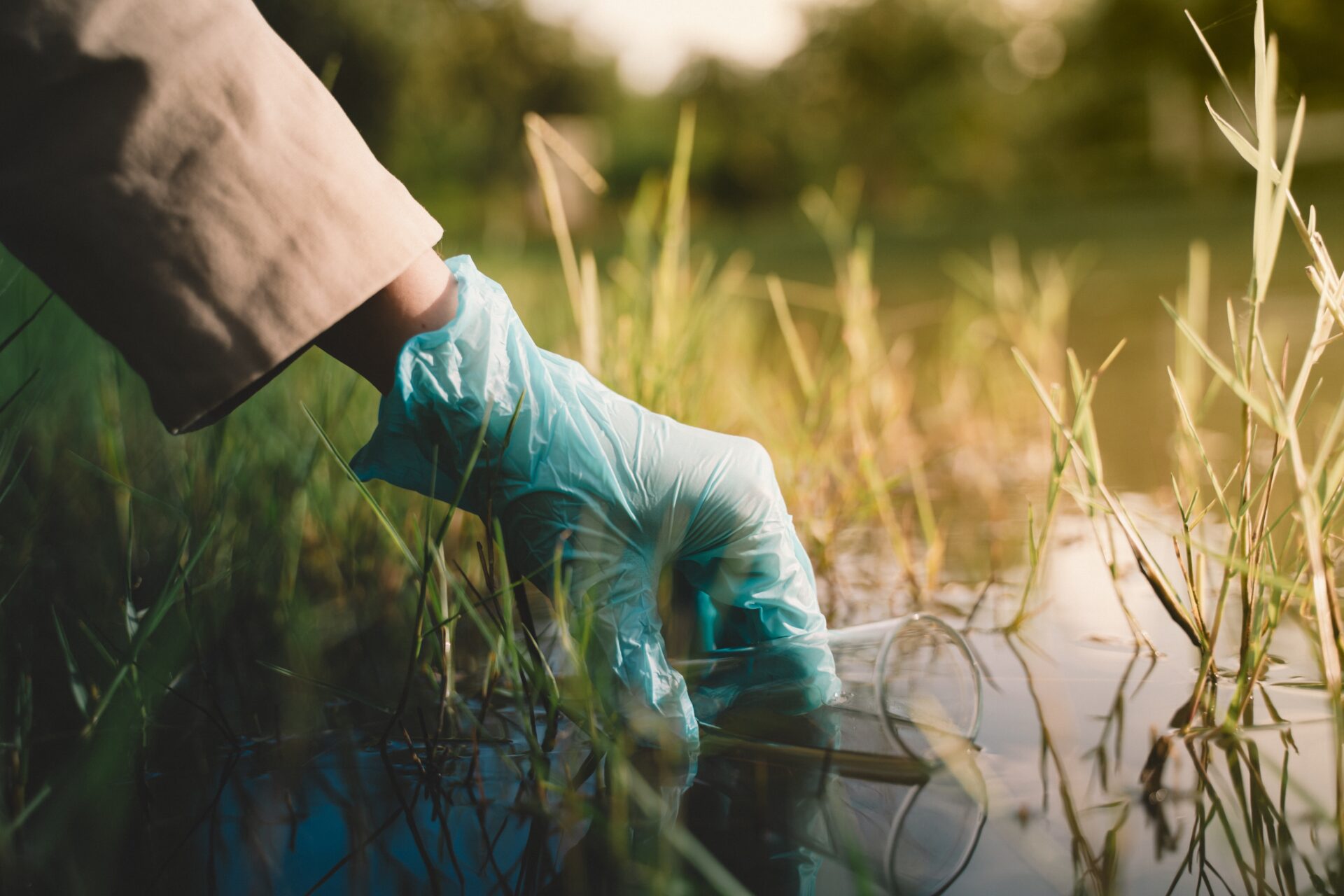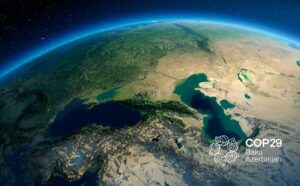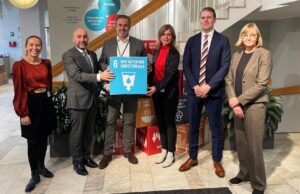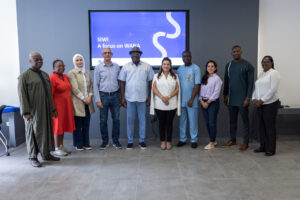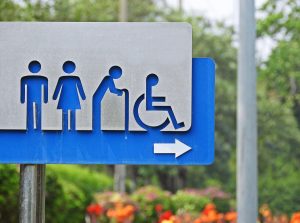How can we make the manufacturing of antibiotics safer?
“[AMR] could push millions into poverty in the next decade and cause huge economic damage.”
What can we find in the new report?
The report offers clear guidelines for various target audiences that are involved in antibiotics production. It addresses a crucial gap as it is an independent and science-based assessment from the WHO and the UNEP. The report gives a framework that can be applied as a policy. It is the first of its kind and an important step towards safer manufacturing of antibiotics.
The report has three components:
- For regulators and implementers, it has information on which targets should be based on according to the latest science. This provides guidance on the specific concentrations of antibiotics in wastewater that may contribute to elevated levels of AMR.
- Then, there is a part for manufacturing facilities, where I was primarily involved. In this part, I mapped the production system of antibiotics and investigated where risks lie within this process. I suggested measures that could be taken to mitigate those risks. This included policy recommendations for the manufacturing facilities such as treatment options for wastewater. It provides the producers clear pathways to measure whether they achieve the targets set in the report.
- The last part provides guidance specifically for auditors who come in as independent actors to check if the manufacturing facilities met the science-based targets set in the report.
“It took several rounds of expert reviewers to come up with a balanced guidance document that is neither too soft nor too harsh. ”
What are the challenges in providing guidance on safe production of antibiotics?
One challenge in drafting guidance documents is that one cannot only look at the environmental performance of the manufacturers. Antibiotics are essential medicines for addressing human health needs that some countries lack access to. In proposing discharge limits for manufacturers, smaller manufacturers who do not have the capacity to invest in measures to achieve the set targets might be affected. They may face regulations based on the guidance document which goes beyond their capacity. This would in turn jeopardize access to antibiotics.
This is one of the reasons why it is so important to have a thorough and independent review from several experts to produce a solution that balances different risks. In the case of this report, it took several rounds of expert reviewers to come up with a balanced guidance document that is neither too soft nor too harsh.
Who should read the report?
Everyone who works with antibiotics, third party auditors, public health procurers, governments, health agencies, environmental regulators, policy makers who work with infection prevention and control, as well as manufacturing companies. Importantly, the companies include not only the companies directly producing the active pharmaceutical ingredients (APIs), but also other companies who are buying the APIs for final dosage formulation, as they can also take responsibility for safe production.
